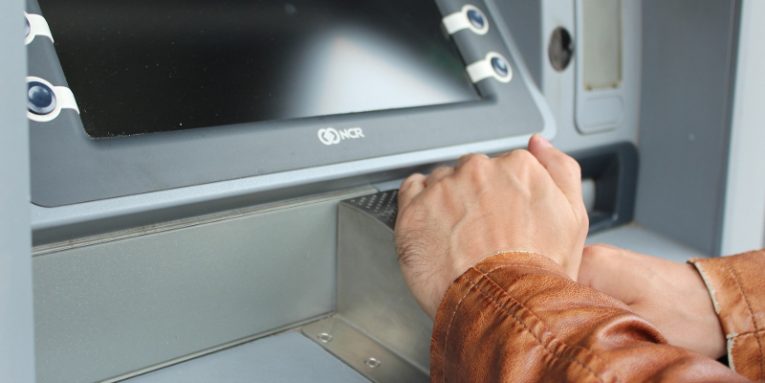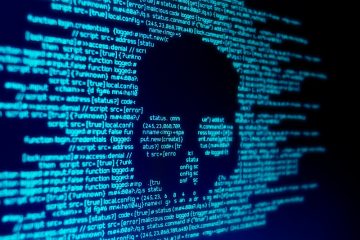Understanding EU ATM Malware: A Growing Cyber Threat

Table of Contents
What is EU ATM Malware?
EU ATM malware represents a sophisticated and evolving category of malicious software designed to target Automated Teller Machines (ATMs) in Europe. These malicious programs enable cybercriminals to illegally withdraw money, often without the need for physical cards, by exploiting vulnerabilities in the ATM software and hardware systems. This type of malware is part of a broader trend in cybercrime, where attackers aim to exploit financial systems directly, bypassing traditional security measures.
Main Targets of EU ATM Malware
The primary targets of EU ATM malware are financial institutions and their ATM networks. Cybercriminals focus on ATMs because they hold large amounts of cash and are often less protected than other banking infrastructure. By infecting ATMs, attackers can manipulate the machines to dispense cash, intercept card details, and perform unauthorized transactions. These attacks cause significant financial losses, damage the reputation of the targeted institutions, and undermine customer trust in banking systems.
How EU ATM Malware Works
EU ATM malware infects the software that controls the ATM's functions. Attackers typically gain access through physical breaches, such as inserting malware-loaded USB drives into the machines or remotely via network vulnerabilities. Once installed, the malware can:
- Cash Out Operations: Force the ATM to dispense cash to waiting accomplices.
- Data Harvesting: Capture and transmit card data and PINs for later use.
- System Manipulation: Disable security features or alter transaction processes.
Statistics indicate a significant rise in ATM malware incidents across Europe. According to recent reports, ATM malware attacks increased by 269% in the last five years, with losses amounting to hundreds of millions of euros annually. These figures highlight the growing sophistication and frequency of these attacks.
How EU ATM Malware Spreads
EU ATM malware spreads through several methods, including:
- Physical Access: Attackers physically access ATMs, often during maintenance, to insert malware via USB drives or CD-ROMs.
- Network Exploits: Malware is introduced to ATMs through compromised networks, exploiting vulnerabilities in the bank's infrastructure.
- Insider Threats: Employees or contractors with access to ATM networks may be bribed or coerced into installing malware.
- Supply Chain Attacks: Malware can be pre-installed in ATMs or related components during manufacturing or distribution.
These methods indicate a multifaceted threat landscape where physical security and cyber defenses are crucial.
How to Avoid EU ATM Malware
Preventing EU ATM malware attacks requires a comprehensive approach involving technological solutions and best practices. Here are some key strategies:
- Enhanced Physical Security: Implement robust physical security measures around ATMs, such as surveillance cameras, tamper-evident seals, and secure access protocols for maintenance personnel.
- Regular Software Updates: Ensure all ATM software is regularly updated to patch known vulnerabilities. This includes operating systems, ATM applications, and security software.
- Network Security: Strengthen network defenses with firewalls, intrusion detection systems, and secure communication protocols. Regularly audit and monitor network traffic for unusual activity.
- Employee Training: Conduct regular training for employees and contractors on the risks and signs of ATM malware, emphasizing the importance of following security protocols.
- Endpoint Protection: Deploy advanced endpoint protection solutions that can detect and block malware at the point of entry. This includes antivirus software, whitelisting applications, and real-time monitoring tools.
By combining these measures, financial institutions can significantly reduce the risk of ATM malware infections and protect their assets and customers from cybercriminal activities.
Conclusion
EU ATM malware poses a significant threat to financial institutions, requiring a proactive and layered security approach to mitigate. As cybercriminals continue to refine their methods, banks must stay ahead by implementing robust security measures, regularly updating software, and training staff to recognize and respond to potential threats. The growing sophistication of these attacks underscores the need for continuous vigilance and innovation in cybersecurity practices to safeguard against this pervasive menace.








